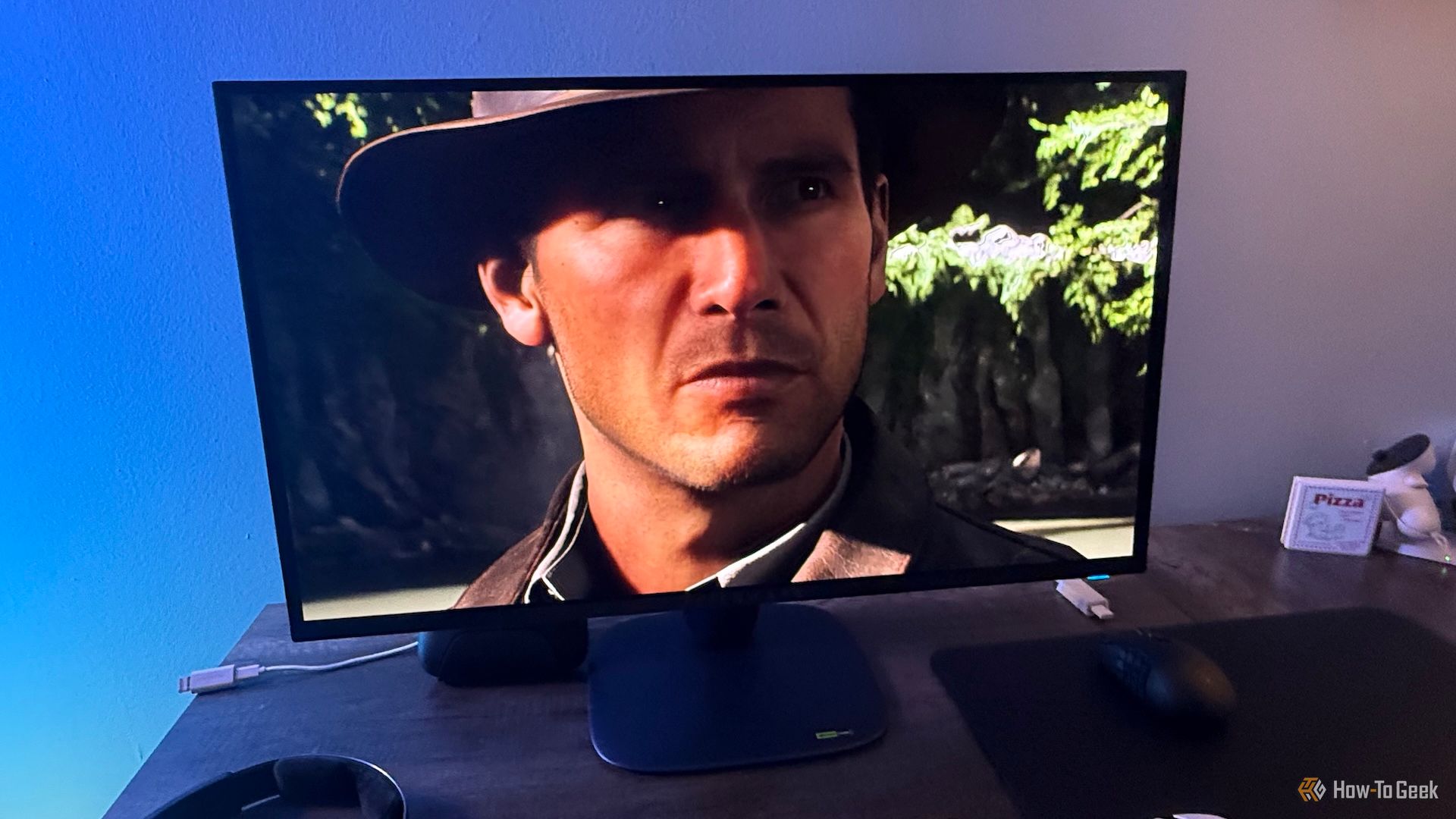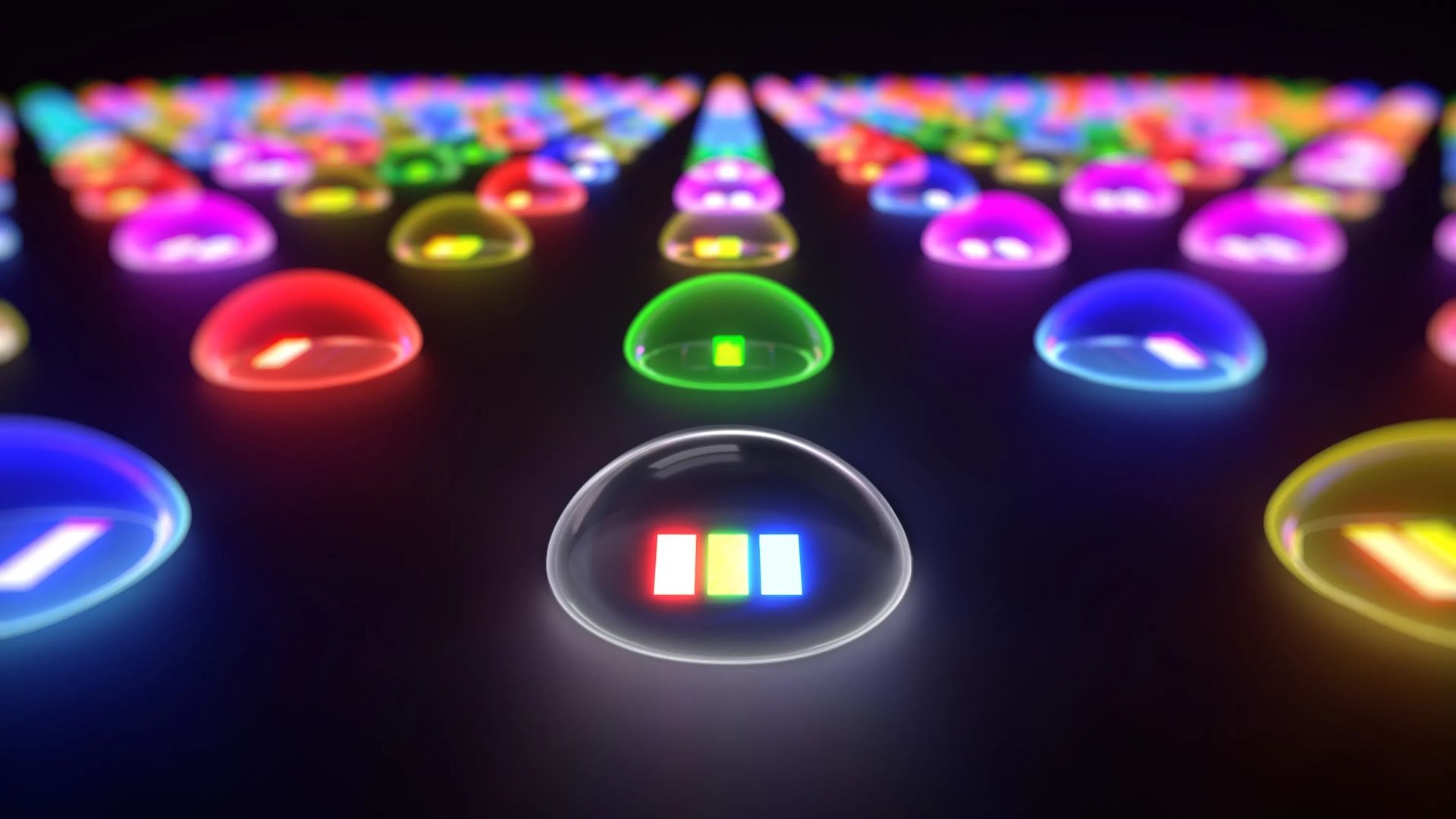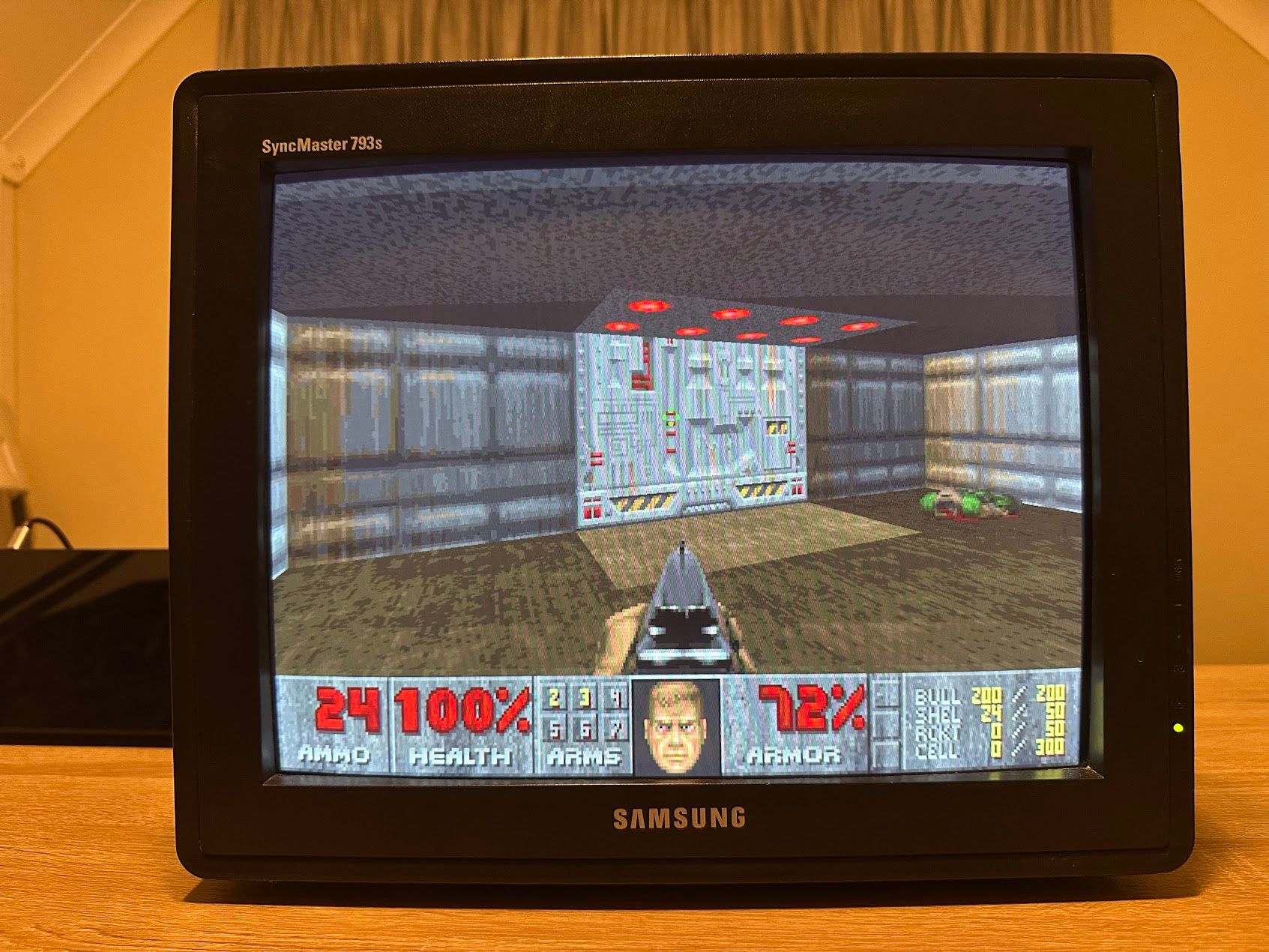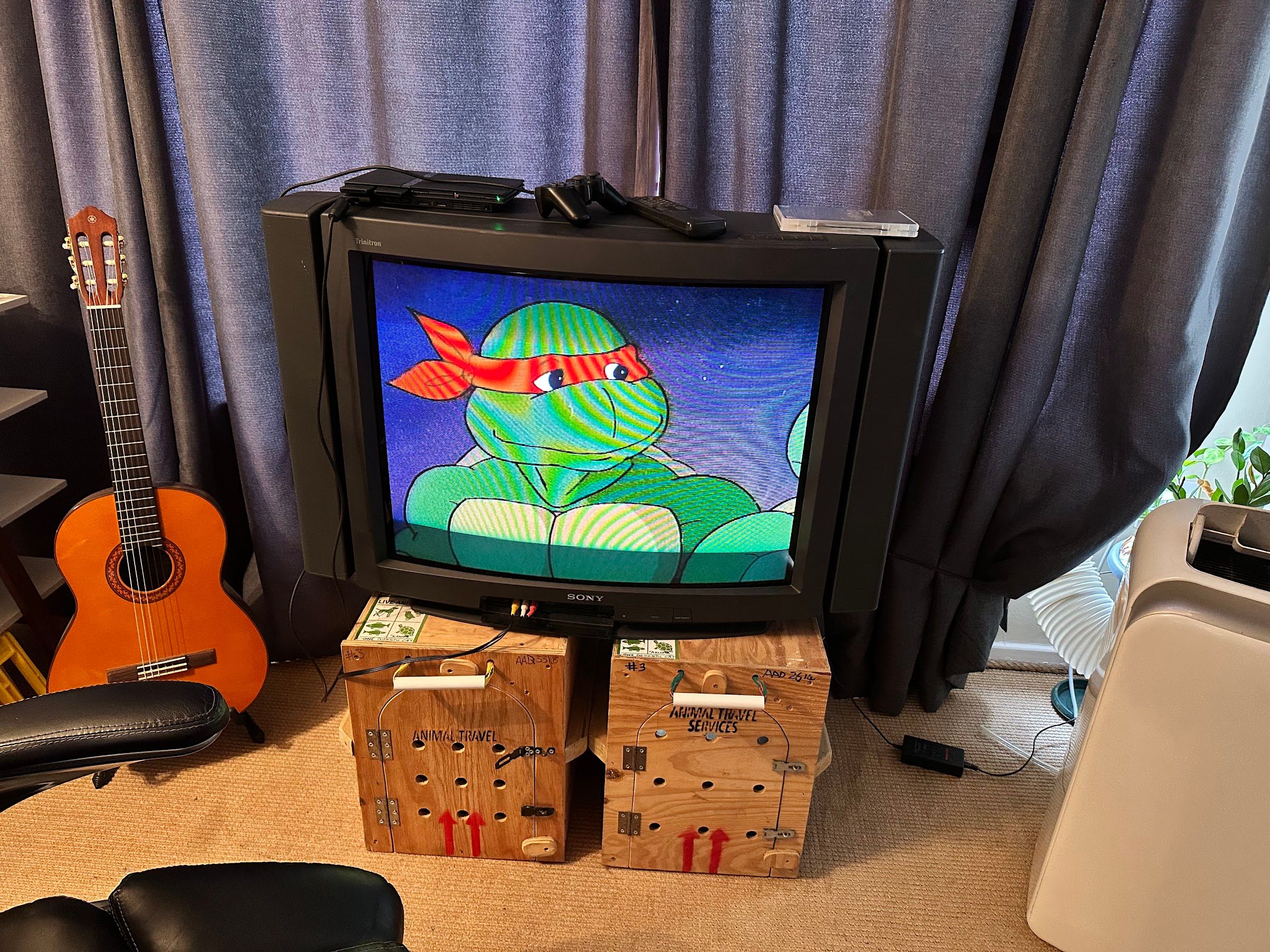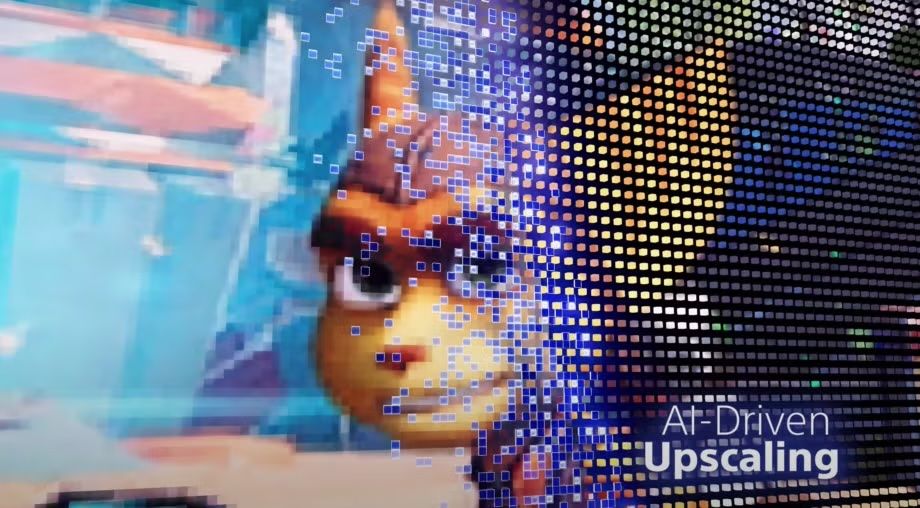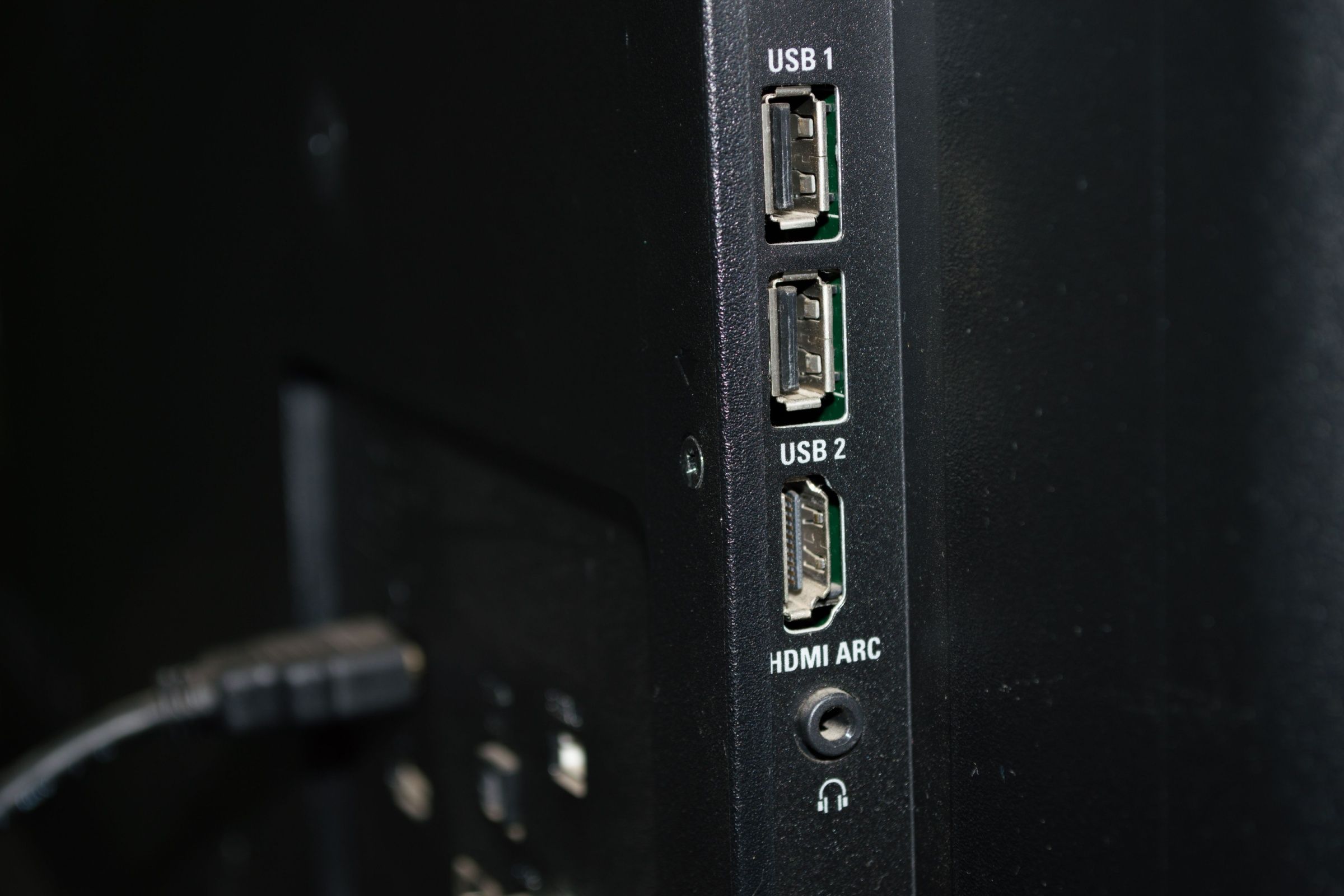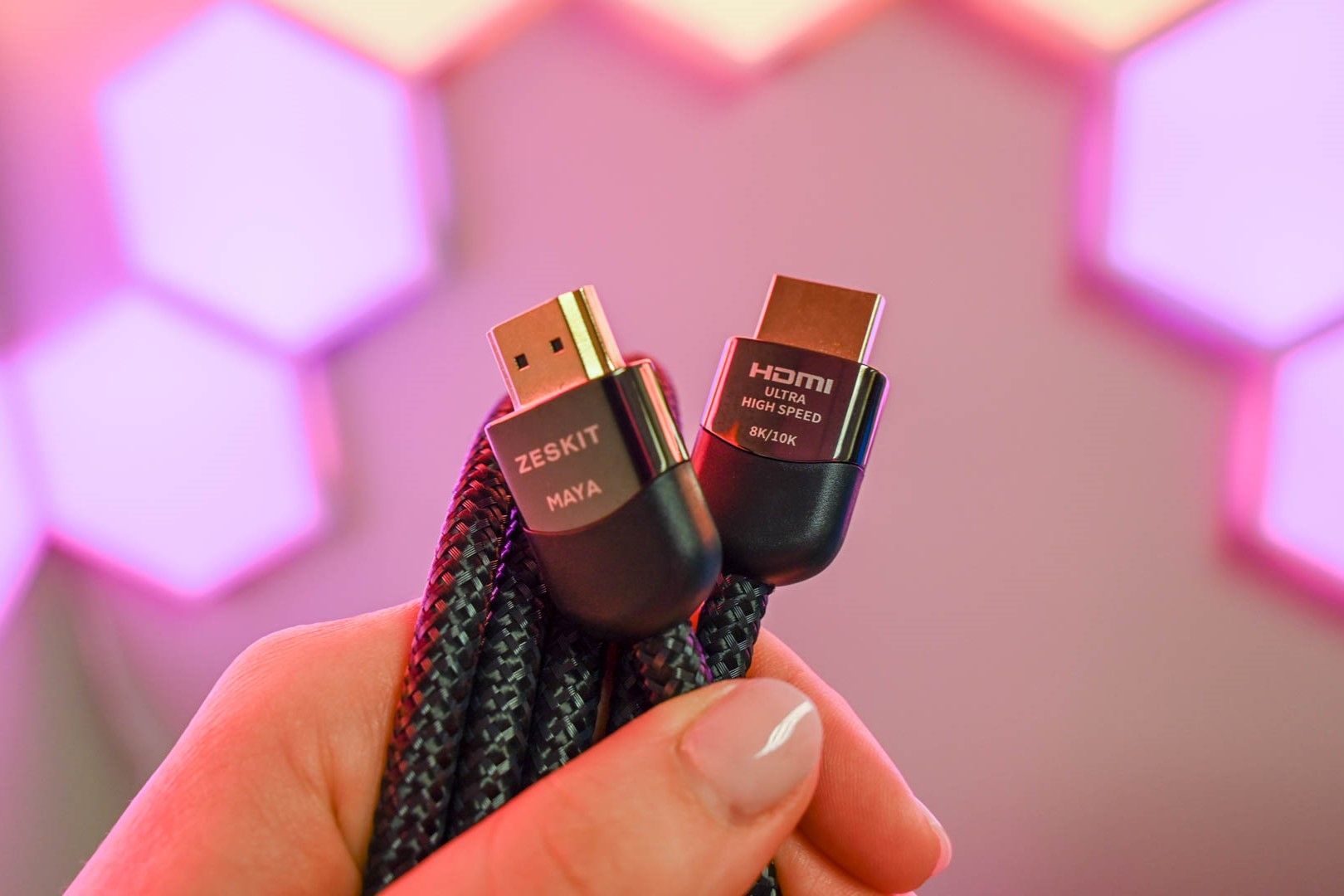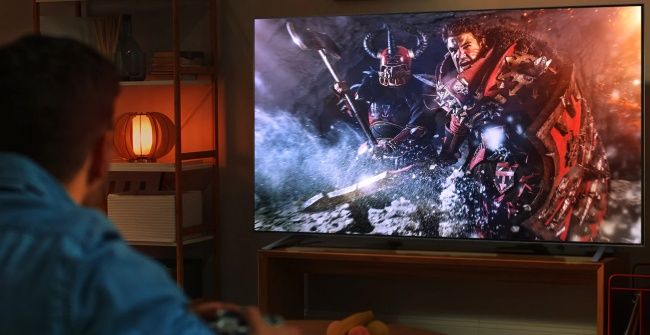At this point it’s probably fair to say that the push for 8K resolutions on TVs and computer monitors has pretty much fizzled out. There are few models with 8K worth of pixels on offer, and major screen makers aren’t blowing this particular horn at the moment.
So, now that the fruitless push at invisible pixel density is over for the time being, I got to thinking about what I’d like display makers to concentrate on instead. I wanted to come up with at least ten, but just like the push for 8K itself, I fell a little short.
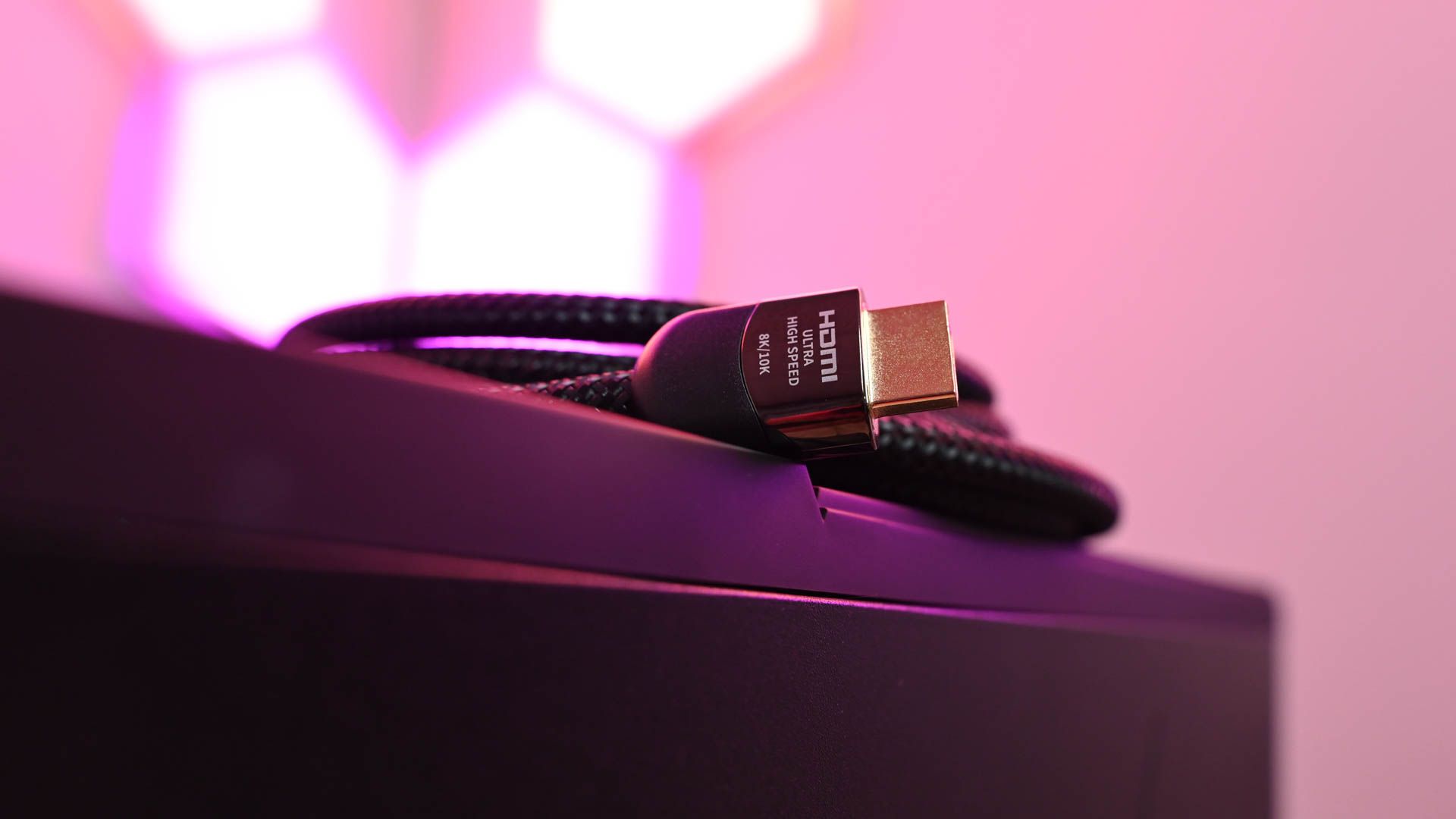
Related
9
Lower Prices on Premium Screen Technologies
Resolution is just one component of perceived image quality, and other factors like contrast, bloom, color gamut, brightness, motion clarity, and viewing angle can have a much bigger effect than whether you can see every pore on Patrick Steward’s scalp while watching Star Trek.

Star Trek: The Next Generation – The Complete Series Blu Ray
It’s the exact reason I held onto my 720p plasma TV when everyone else moved on to 1080p LCDs with their washed-out, blurry image quality. Thankfully, we have excellent screen technologies like miniLED, OLED, and the upcoming RGB LED tech, and even microLEDs eventually.
The problem is that these amazing screen technologies cost a bundle, and instead of figuring out how to quadruple the number of pixels in our screens, I’d really appreciate it if you could work on making OLEDs less expensive instead.
8
Better Motion Clarity
My recent dabbling with CRT TVs and monitors has once again reminded my eyeballs of just how much motion clarity on flat-panel screens suck. It’s not really the fault of the technology, but really how our eyes perceive the fake “motion” of screen technology. CRTs have a natural “blanking” period between screen refresh, and film projectors likewise have shutters to blank out the periods between individual frames. Without which you don’t see motion, but just a stream of blurred images.
Flat panel displays don’t have this blanking period and each frame just instantly switches to the next, which causes perceptual blur. There are various tricks to improve perceived motion clarity, including Black Frame Insertion, but except for very high-end OLEDs, we are still some ways away from matching the motion clarity we used to have.
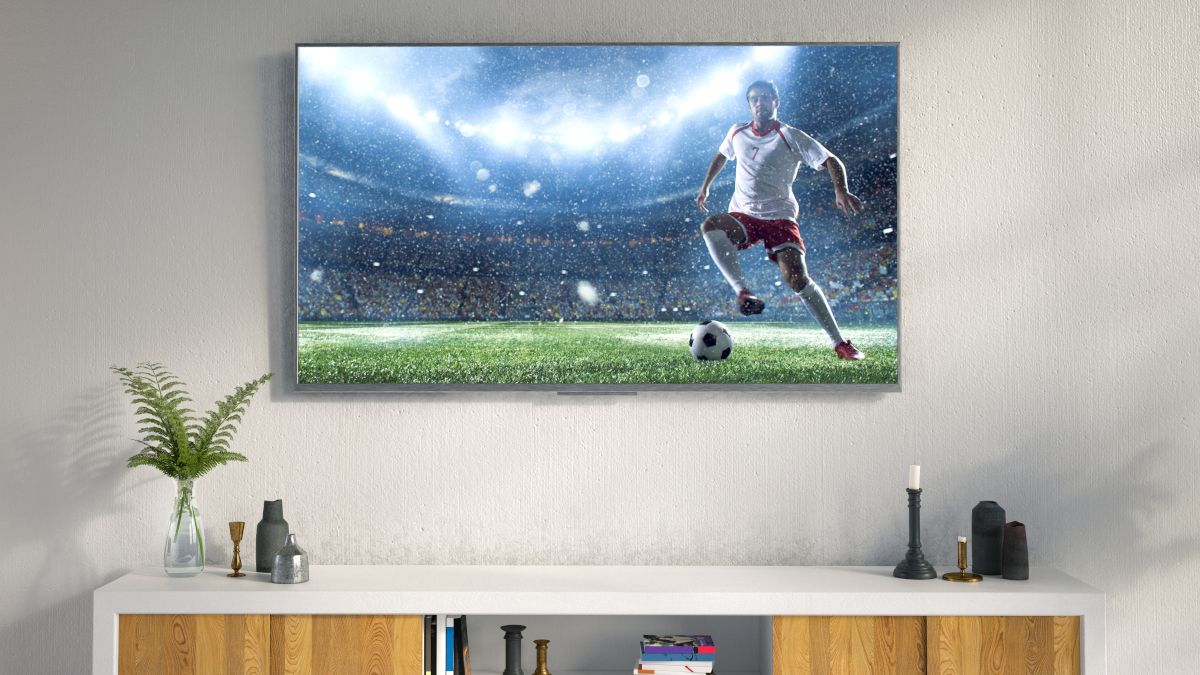
Related
What Is Black Frame Insertion on a TV, and Should You Use It?
Black Frame Insertion (BFI) can improve motion clarity on flat-panel displays, but it does come with some compromises.
7
Better Speakers. Seriously.
The speakers on my Sony CRT TV aren’t just good, they’re some of the best speakers I’ve ever heard. Just look at these puppies.
I’ve never really had an issue with TV speakers, even on my first few flat panels, but around 2020 my TVs began arriving with weedy speakers that weren’t even adequate to watch the news. The TVs had become so thin, that manufacturers basically put terrible, weak speakers in them under the assumption that you were going to buy a soundbar anyway.
Well, it doesn’t have to be like that. Firstly, small and thin speakers are better than ever. I swear the tiny speakers built into my MacBook are better than half the TV speakers I’ve heard in the last five years. Second, we don’t need TVs to be so thin that they look painted onto the wall. At least with my current LG CS OLED TV, the company had the sense to give this TV a nice thick bottom, which results in some perfectly usable speakers. Meanwhile, my upstairs QLED from three years ago sounds like it has asthma.

Related
Upgrade that lousy built-in TV speaker to a system that will breathe new life into your home movie nights.
6
TV’s That Last Longer With No Burn-In
Remember in Blade Runner where Mr. Tyrell says “The light that burns twice as bright burns half as long.”? No? Here’s a reminder:
Well, that’s basically the situation with OLED technology. While we’ve come a long way from the early days of image retention, the lifespans of the best screens aren’t great. That said, RGB LEDs, and future microLED technology promises to bring the image quality of OLEDs with the longevity of LEDs, as well as brighter, more colorful images than ever.
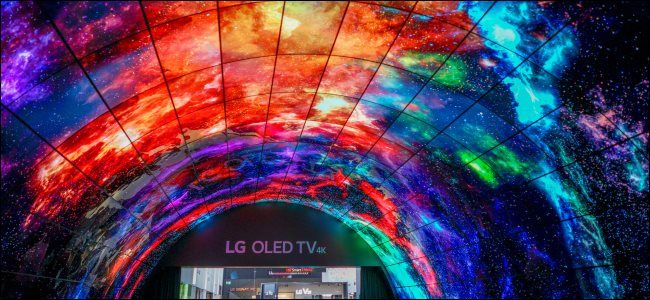
Related
OLED Screen Burn-In: How Worried Should You Be?
Considering buying an OLED TV? Before you do, it’s important to understand the risks of permanent image retention, and the precautions you can take to avoid it.
5
Better Upscaling to 4K
While some people are looking to 8K as the future, most of the content that’s out there isn’t even in 4K, and it’s a constant issue to get sub-4K content to look good on a modern TV.
In general, 1080p content scales flawlessly, but 720p and lower can be pretty rough. This depends on what hardware you’re using, of course. My LG CS OLED is a much higher-end TV than my entry-level Samsung QLED, and the LG clearly does a better job upscaling from low resolution.
Ideally, I’d like us to reach the point where even entry-level TVs benefit from the excellent upscaling technology that now exists in devices like the PlayStation 5 Pro.
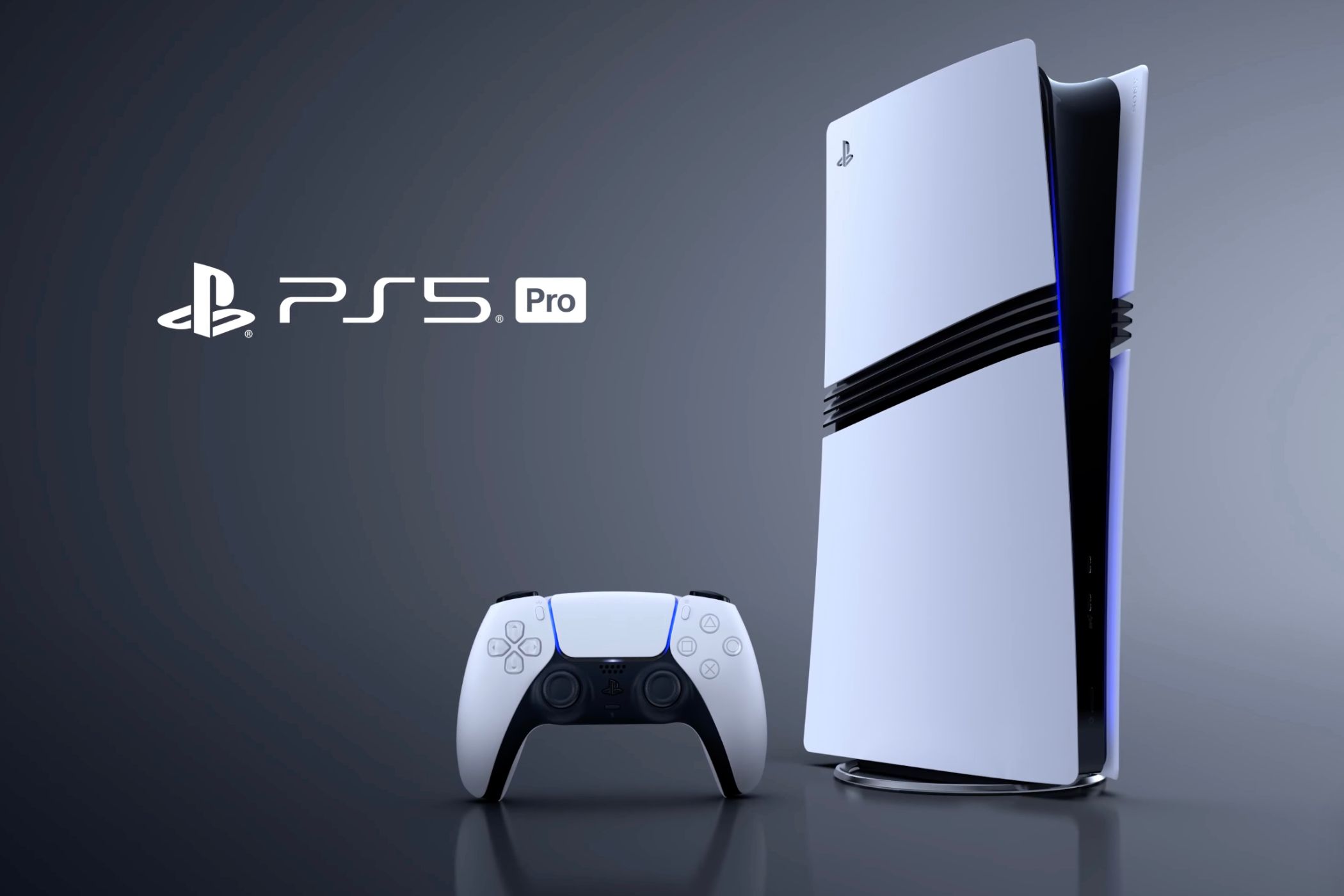
Related
The PS5 Pro’s AI Upscaler Is the Only Feature That Really Matters
Everything else is just icing on the cake.
4
Proper Smart TV Software Support
Companies make too many TV models, they don’t update them frequently enough, and they stop updating them too soon. This is one of two reasons that I honestly wish we could go back to “dumb” TVs, because the software is so bad, or so clunky, or so poorly supported that I end up disabling it or avoiding it and hook up an Apple TV or Android TV device instead.
Also, my LG OLED starting showing ads in its native software a few months ago, and makes a point of returning to that ugly ad-filled screen every time I change sources. That does not make me feel happy at all.
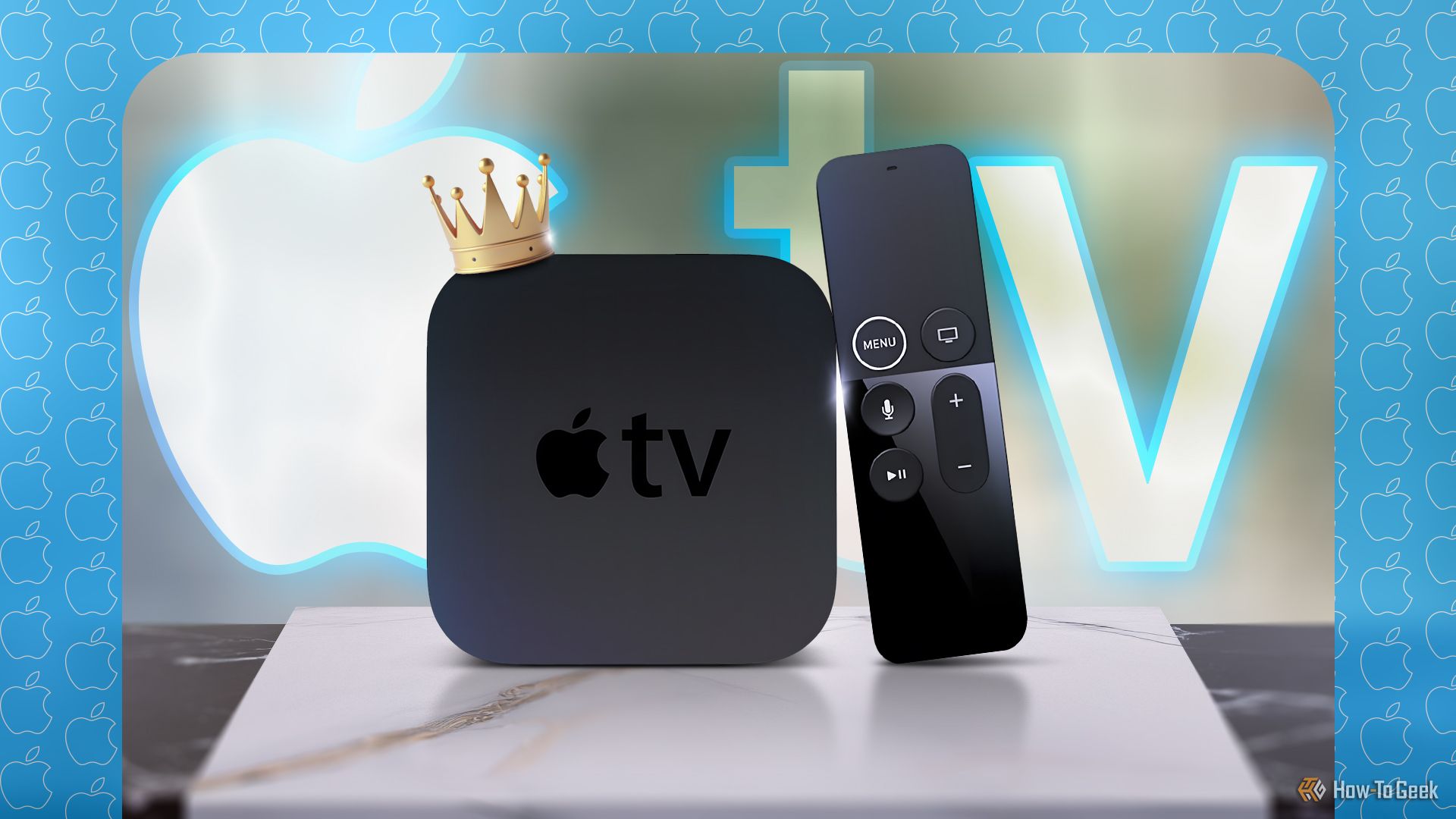
Related
My 8 Year Old Apple TV 4K is Still Better Than My TV’s Built-In Software
I shouldn’t have to replace my new TV’s OS with an eight year old Apple TV, but I do.
3
Smart TV Hardware That Doesn’t Suck
The second reason I wish we could just get “dumb” TVs back has to do with the actual hardware inside these smart TVs. TV makers tend to put slow, outdated processors in these TVs with a lot of heavy lifting done by dedicated silicon for jobs like video decoding. This is one of the big reasons why TV software is so annoying to use, and TV UIs feel so unresponsive.
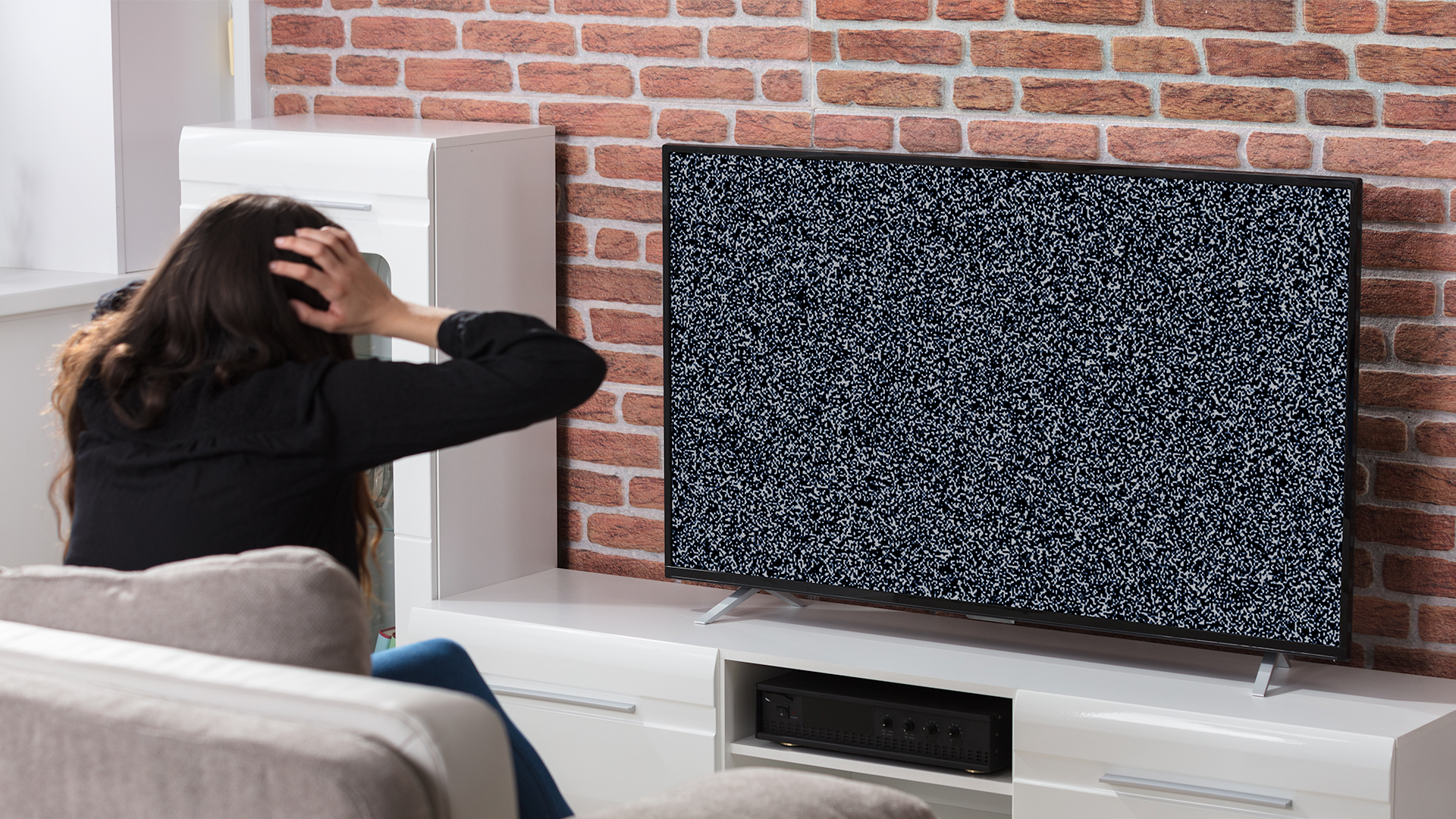
Related
Why Are Smart TVs so Dumb When the Problem Is so Easy to Fix?
Manufacturers could solve smart TVs’ biggest problem with one simple fix.
2
More and Better Ports
Our TVs are the center of the home, and it’s normal to have lots of stuff that you’d like to hook up. So I really need TV makers to stop assuming that just two or three HDMI ports will do, especially if one has to be taken up by the soundbar, and then of the remaining two only one is HDMI 2.1, so I’ll have to pick which of my consoles gets the nice features.
The alternative is to use an HDMI switch, which ends up being a true source of dread. If you ever find an HDMI switch that just works, and you can make it do what you want, when you want it, hang on to it like it’s a gold bar.
1
Great Fundamental Gaming Features
Gaming is now a mainstream hobby, and it’s natural to assume that there’s a good chance any TV that someone might buy is going to be hooked up to a gaming device at some point. So, instead of wanting higher resolutions than 4K, wouldn’t it be nice if 120Hz became the minimum refresh rate? That TV ssupported variable refresh rate technologies across the board? I’d like some sort of low-latency game mode on every TV if possible.
To be fair, many more low-end and mid-range TVs do now have better gaming features, but the faster they become ubiquitous, the closer we’ll get to world peace.
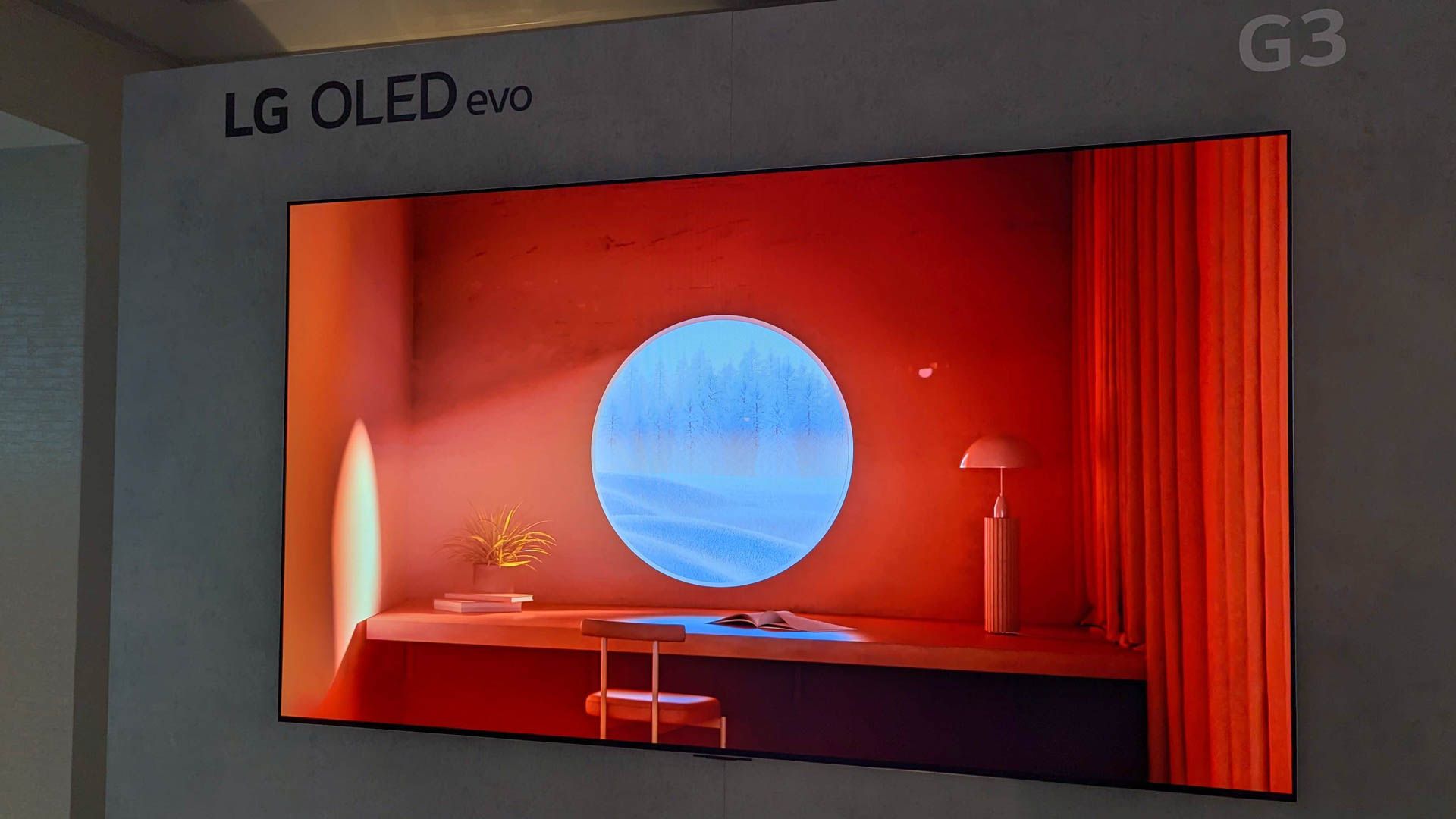
Related
Looking for a new gaming TV? Our recommendations can help you make the right choice.


